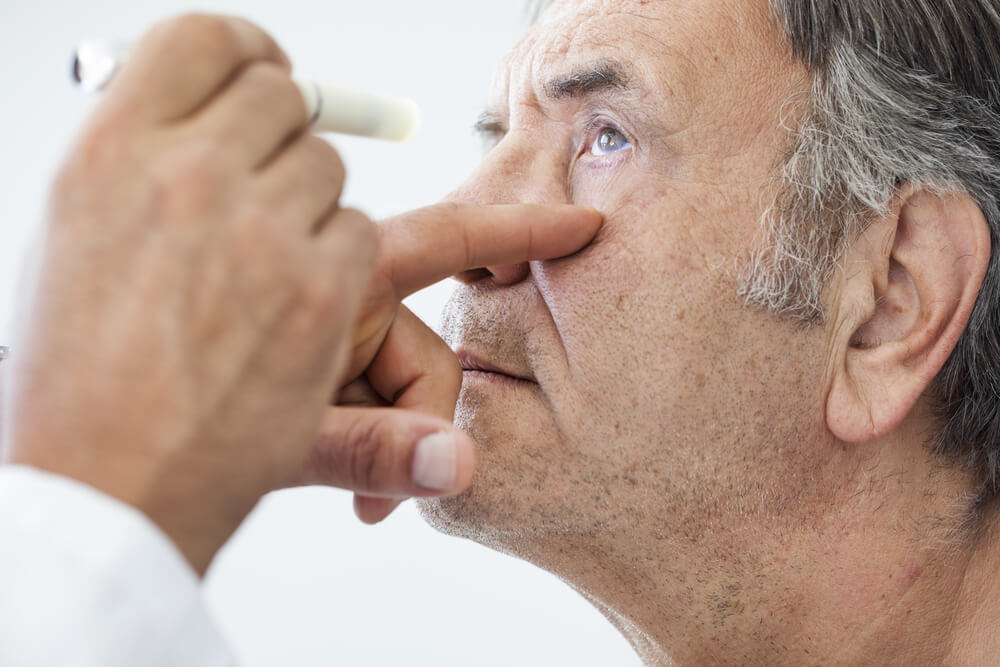Learn About Eye Diseases Related to Diabetes, their Causes, and Treatment
What Is Diabetic Eye Disease? If you have diabetes it is a unfortunate but possible fact that you could develop a diabetic eye disease. A diabetic eye disease is one that can fall into a group of eye conditions that affect those who suffer from diabetes. If you are curious about some diabetic eye disease symptoms, later on we will address them and other pieces of information.
There are a few different types of diabetic eye diseases and according to the National Eye Institute, they are as follows:
- Glaucoma – this type of eye disease causes damage to the optic nerve, which is a group of fibers that connect the eye to the brain. Sometimes glaucoma can cause pressure inside the eye. Unfortunately, the risk of developing glaucoma almost doubles if you have diabetes.
- Cataract – this type of eye disease is associated with a clouding of the eye’s lens. This specific disease commonly develops early on in a diabetes diagnosis. As stated on NEI facts sheet, Diabetics are 2-5 times more likely to develop cataract than those without.
- Diabetic Retinopathy – this type of eye disease deals with the blood vessels in the retina which are light sensitive and located at the back of the eye. Diabetic retinopathy causes not only vision impairment but can also cause vision loss or blindness.
- Diabetic Macular Edema (DME) – unfortunately, diabetic retinopathy causes this type of eye disease. This affects an area called the macula which is located in the retina.
If you have diabetes, unfortunately your risk for eye disease is high. Speak to a medical professional about your eye health and continue reading to learn about some diabetic eye disease symptoms.
Diabetic Eye Disease Symptoms
Diabetes eye floaters are a common symptom noticed at the earlier stages of diabetic retinopathy. These “diabetes eye floaters” are caused from bleeding in the retinal blood vessels. Other than these floaters, it is often difficult to notice early symptoms but if you happen to see any sort of floating spots in your eye it’s best you speak with a doctor immediately about it to cause any permanent eye damage.
Other diabetic eye disease symptoms can be detected during specific eye exams. In order to detect diabetic retinopathy or DME eyes will be dilated with an eye exam. This eye exam includes:
- Pupil Dilation – this is where drops are placed in the eye to make the pupil larger so that the optic nerve can be examined.
- Visual Acuity Testing – this is an eye chart that measures someone’s ability to see distances.
- Tonometry – this type of test checks the pressure level inside the eye
- Optical Coherence Tomography – this is a test that can be compared to an ultrasound, using light waves in stead of sound waves to take pictures of the tissues inside the body.
If any sort of eye disease is detected, treatment will begin depending on the type of eye disease that is detected.
Treatment for DME
Research is currently being conducted on finding better ways to find, treatment and prevent the loss or impairment of vision in individuals with diabetes.
DME Treatment can be treated through Anti-VEGF Injection Therapy, Focal/Grid Macular Laser Surgery or Corticosteroids. These treatments can either be administered alone or together.
Anti-VEGF Injection Therapy – this is a type of injection that is often required monthly for the first six months of treatment. After the first six months, less shots are needed on a regular basis although it is important to continue having eye exams to check for any changes in the eye.
Focal/Grid Macular Laser Surgery – this is a laser surgery which creates small burns by the laser on the blood vessels that are leaking. This can help reduce swelling and often times can be completed in one session.
Corticosteroids – there are two types of treatment in this category. They are biodegradable implants that can either be long- term or short- term. This type of treatment can increase the risk of cataract and/or glaucoma thus; patients should be closely monitored if using this treatment.
Before you decide what treatment is best for you, it’s important to speak with a medical professional about your options and the risks that go along with them.

